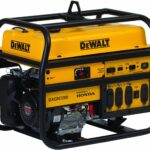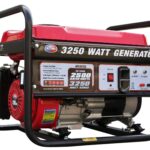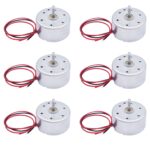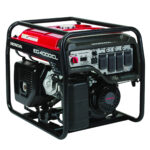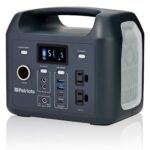Are you looking for an easier way to start your generator without having to pull a cord? Starting a generator can be a hassle, especially if you have to do it manually. But did you know that there is a way to start a generator without having to pull a cord? In this article, we will show you how to start a generator without pull cord and make generator starting an easy process.
Safety Considerations
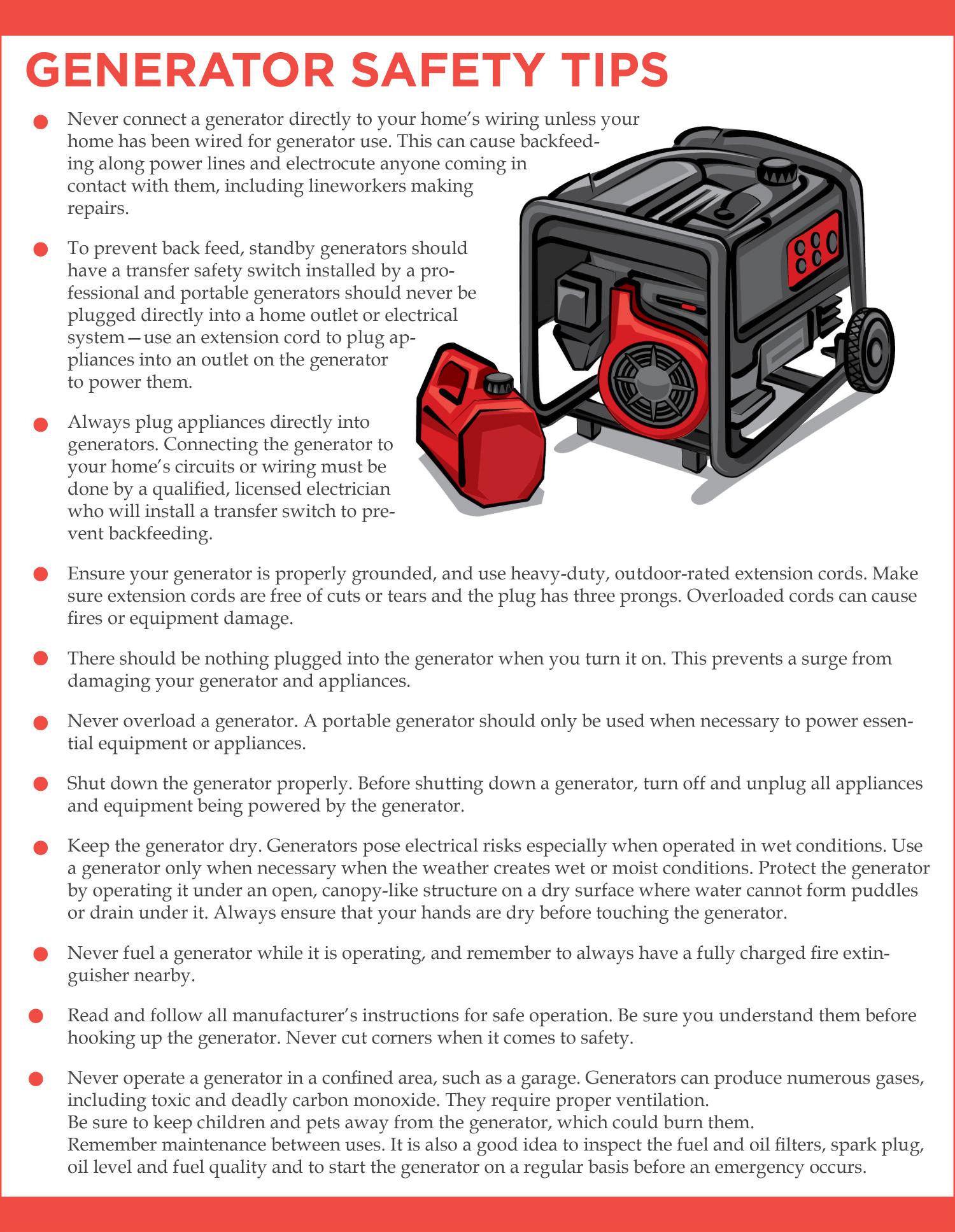
- Always wear protective gear such as work gloves and safety glasses when working with a generator.
- Ensure the generator is in an open, well-ventilated area and that it is off before attempting to start it.
- Disconnect all power sources from the generator before attempting to start it.
- Check all cables and cords for wear and tear prior to starting.
- Do not attempt to start a generator if it is wet or if the generator is in an area with high humidity.
- Never attempt to start a generator if there is a risk of electric shock.
- Make sure the generator is not overloaded before attempting to start it.
Types of Generators
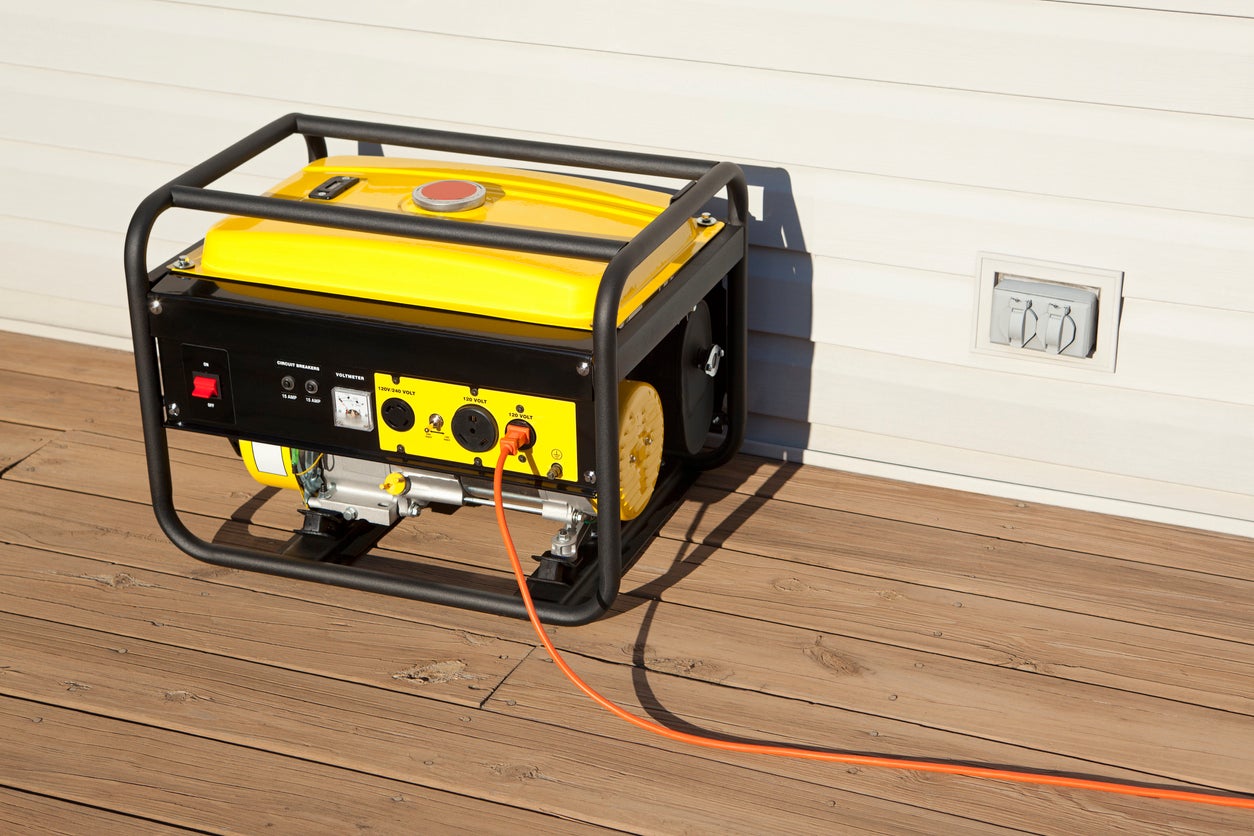
Generators come in different shapes and sizes, from small portable models to large stationary ones. They all convert mechanical energy into electrical energy, but differ in terms of fuel type, size, power output, and portability.
Gasoline Generators: These are the most common type of generator, and tend to be the most portable. They’re powered by gasoline, and can be used to power tools or appliances in remote or off-grid locations.
Propane Generators: Propane generators are similar to gasoline models, but they use propane instead of gasoline. Propane can be stored for longer periods of time, and is a cleaner fuel than gasoline, making it a better choice for extended use.
Diesel Generators: Diesel generators are typically used in industrial applications, and are more powerful than gasoline or propane models. They’re also more efficient and can run for longer periods of time.
Solar Generators: Solar generators are powered by solar panels and are primarily used for off-grid applications. They’re the cleanest and most efficient type of generator, since they use renewable energy from the sun.
Wind Generators: Wind generators are similar to solar generators, but are powered by wind instead of solar energy. They tend to be more powerful than solar models, but require more space and are more susceptible to the elements.
Portable Generators
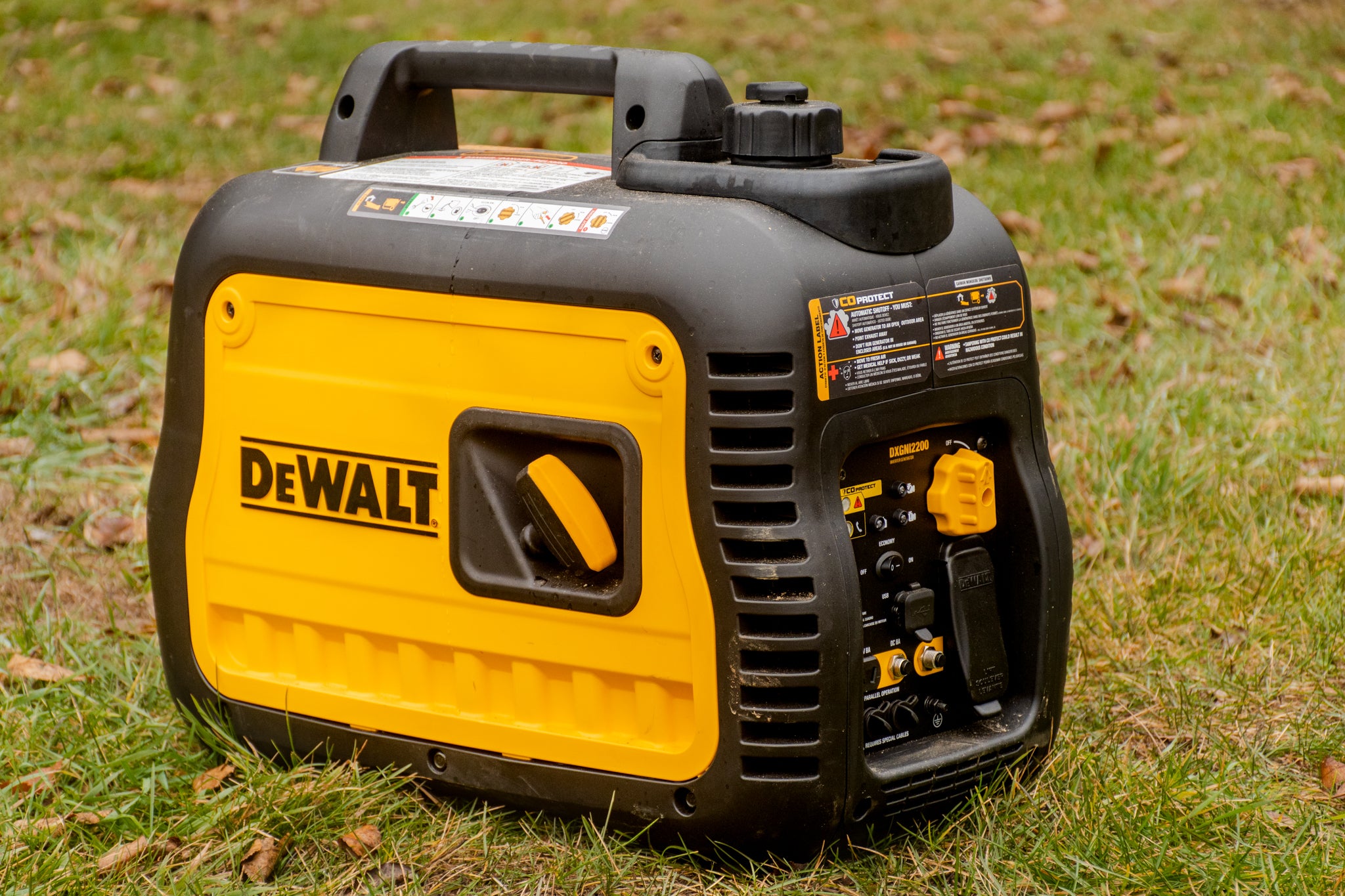
- Portable generators are an ideal way to provide electricity to a range of outdoor activities, from camping and tailgating to powering tools and appliances.
- These generators are also great for providing backup power during an outage, allowing you to keep your home running while the power is out.
- Many portable generators come with pull cords to start them, but there are also models that come with push-button electric starters.
- These electric starters make it much easier to start your generator and get it running quickly.
- To use an electric starter, simply plug in the included power cord and press the start button.
- The generator will then start and you will be able to use it immediately.
- It is important to make sure that you follow the manufacturer’s instructions for starting and operating your generator safely.
Home Standby Generators
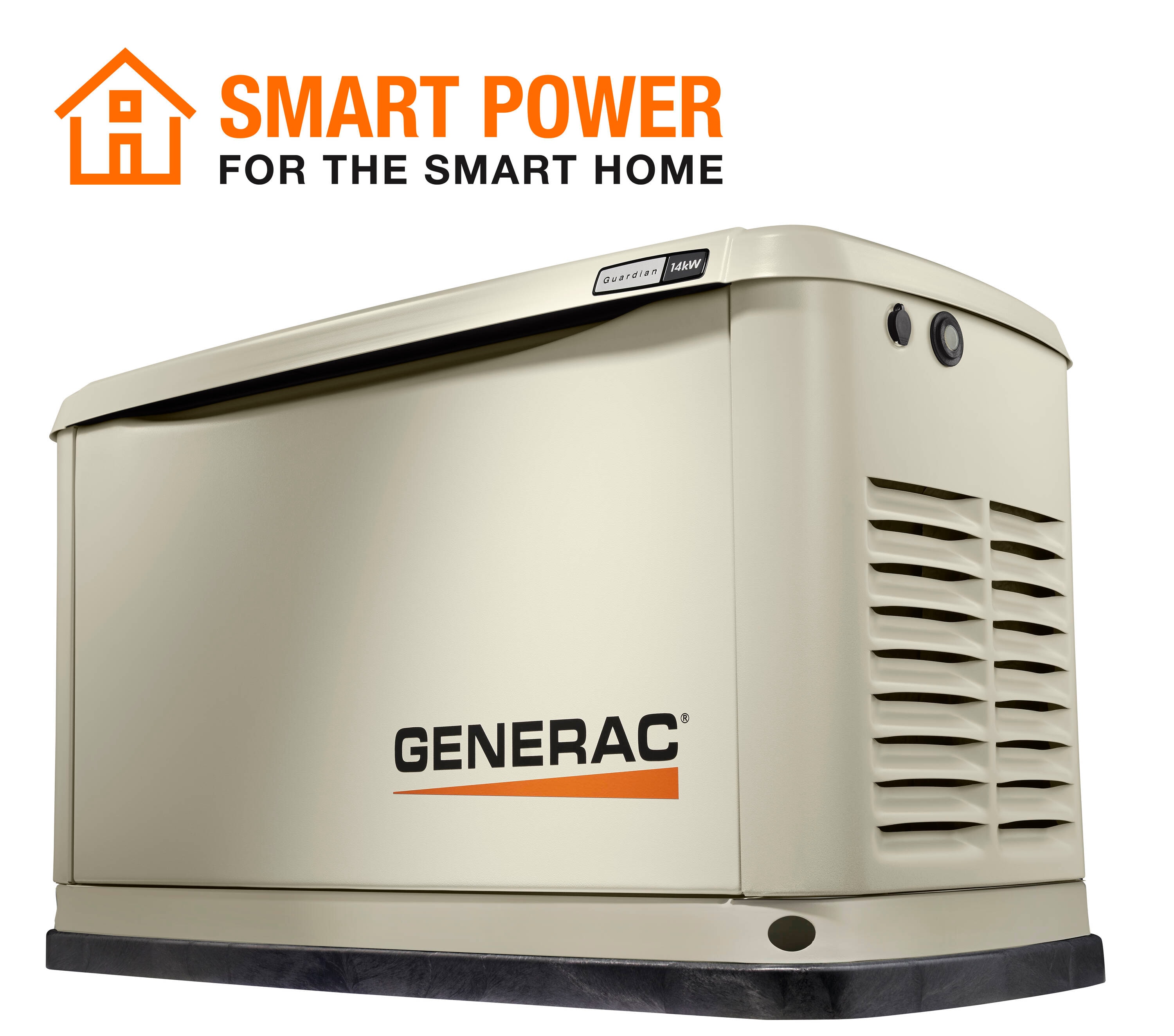
- Are stationary power sources that are used to provide backup power to a home or business.
- Can be permanently installed or portable.
- Ranging in size from 7 kW to 48 kW, they can provide enough power to maintain essential items in the event of an outage.
- They are powered by natural gas or propane, and are connected to the home’s electrical system.
- They come equipped with an automatic transfer switch that senses when there is a power outage and automatically starts the generator to provide power.
- Modern standby generators are equipped with digital control systems that allow the user to start the generator without having to use a pull cord.
- These control systems allow the user to monitor the generator’s performance and control it remotely.
Components of a Generator
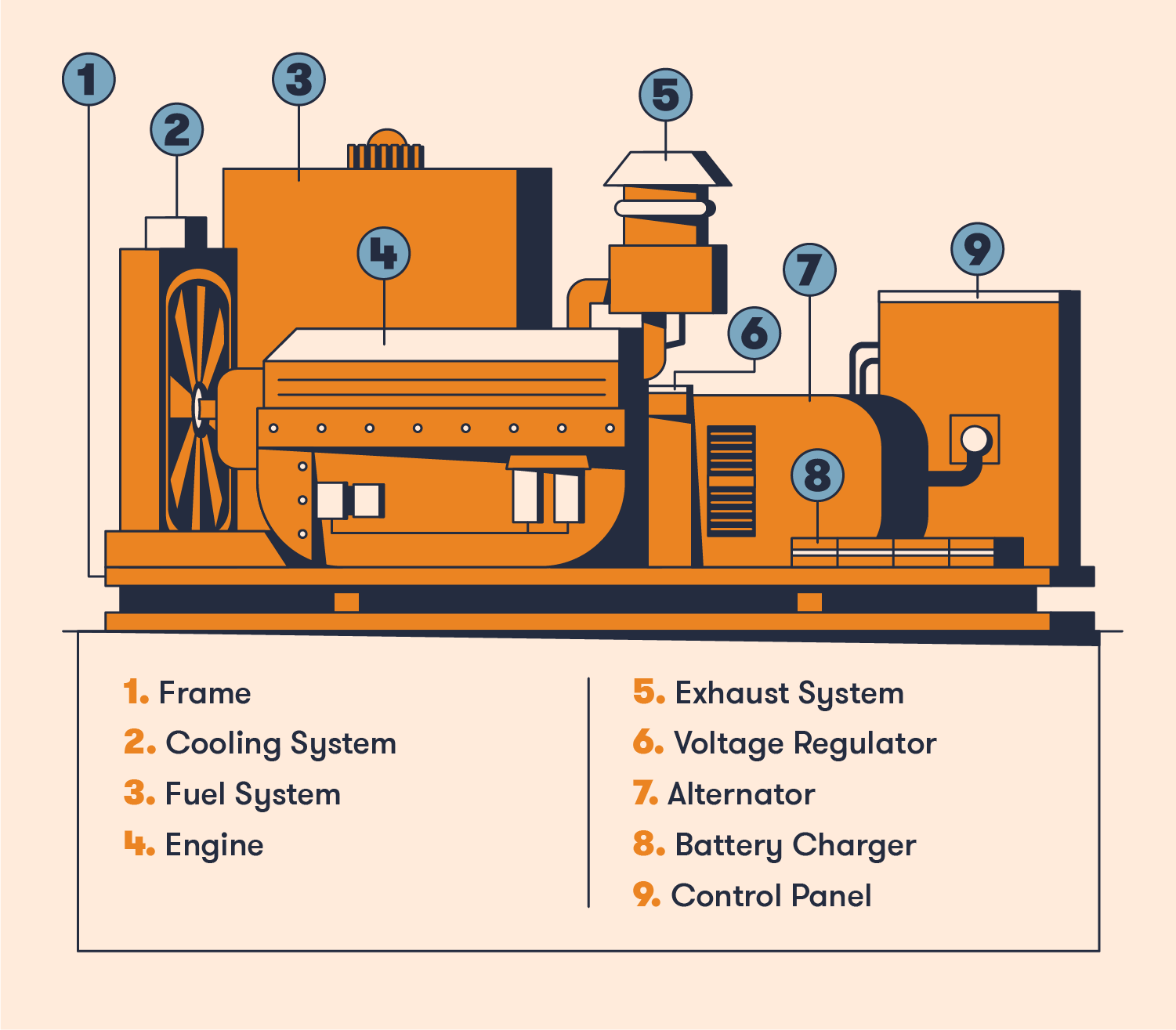
- Fuel Tank
- Fuel Valve
- Fuel Line
- Fuel Filter
- Fuel Pump
- Engine
- Ignition System
- Carburetor
- Air Filter
- Exhaust System
- Starter
- Alternator
A generator consists of several components such as a fuel tank, fuel valve, fuel line, fuel filter, fuel pump, engine, ignition system, carburetor, air filter, exhaust system, starter, and alternator. These components work together to power the generator.
Starting a Generator Without a Pull Cord
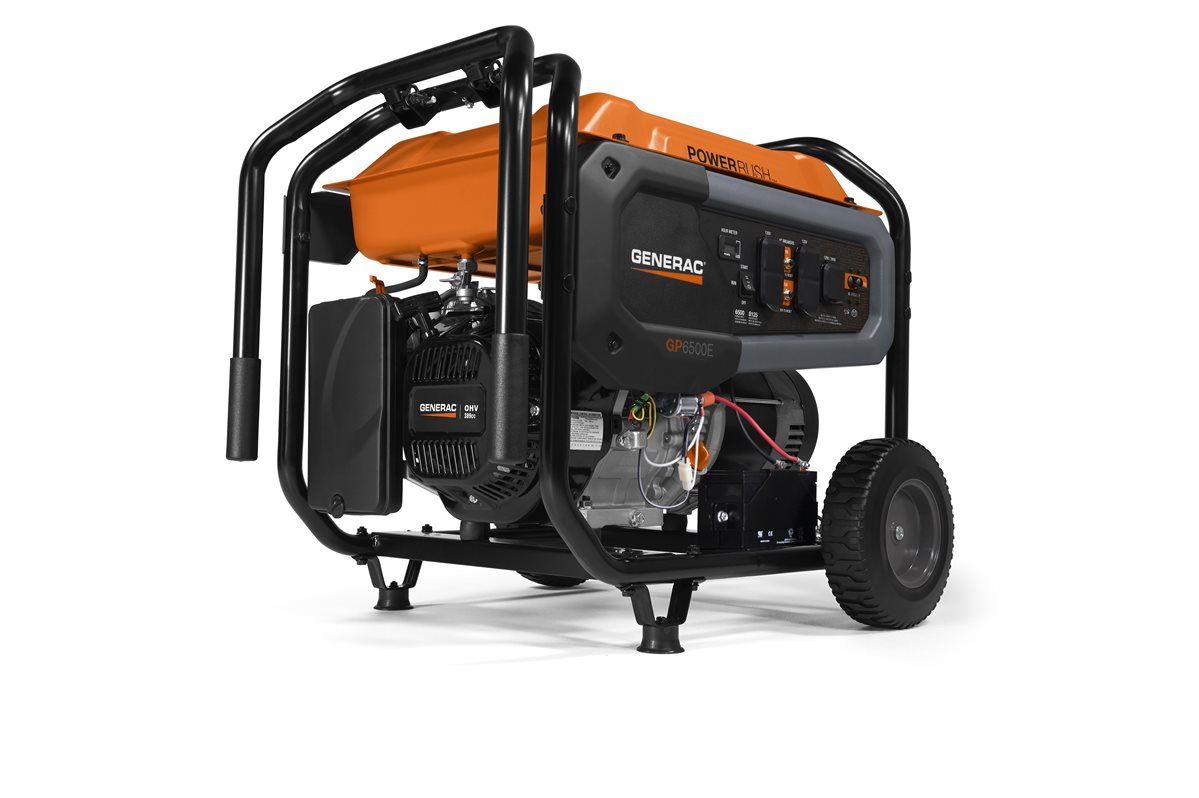
- Check the fuel tank and make sure it is full.
- Set the fuel lever to the “On” position.
- Turn the choke to the “On” position.
- Push the primer button several times until the engine begins to sputter.
- Turn the key to the “On” position.
- Wait for the engine to start.
- Turn the choke to the “Off” position.
Connect the Generator to the Fuel Source
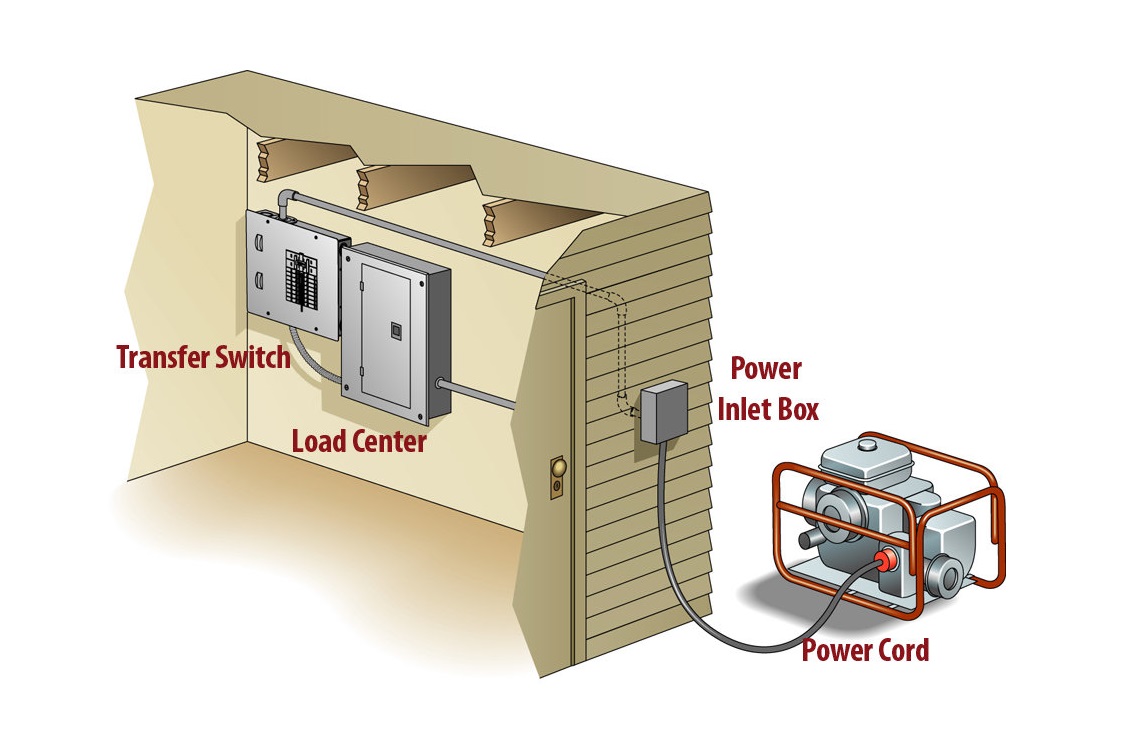
- Locate the fuel valve on the generator and ensure it is in the “off” position.
- Connect the fuel hose to the fuel valve on the generator.
- Connect the other end of the fuel hose to the fuel source.
- Open the fuel valve and allow a few seconds for the fuel to flow into the generator.
- Close the fuel valve.
Connect the Generator to the Electrical Output

Once the generator is securely positioned and adequately supplied with fuel, it is ready to be connected to the electrical output. Start by connecting the green or bare copper wire from the generator to the ground connection on the outlet box. Next, connect the black wire from the generator to the line connection on the outlet box. Finally, connect the white wire from the generator to the neutral connection on the outlet box. Once all the wires are securely connected, the generator is ready for use.
Start the Generator
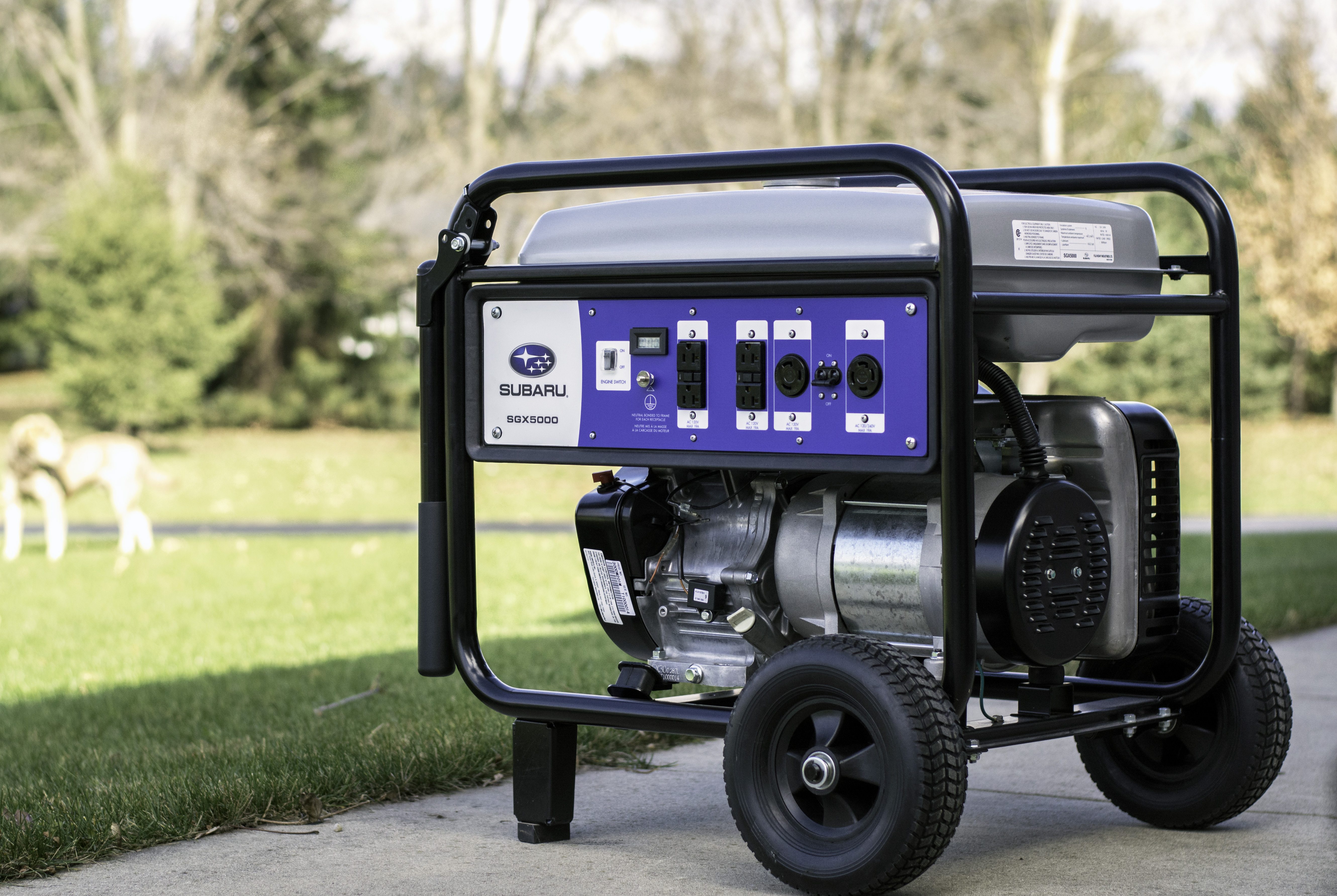
To start the generator without a pull cord, all you need is the right tools, a bit of knowledge, and a few safety precautions. First, make sure the generator is in an open, well-ventilated area and that it is completely disconnected from any electrical sources. Then, check the fuel level and add fuel if necessary. Next, open the fuel shut-off valve and the choke control. If the generator has a primer, press it several times to prime the engine. Finally, turn the key to the “On” position and then push the starter switch. The generator should now be running.
Troubleshooting Starting Issues
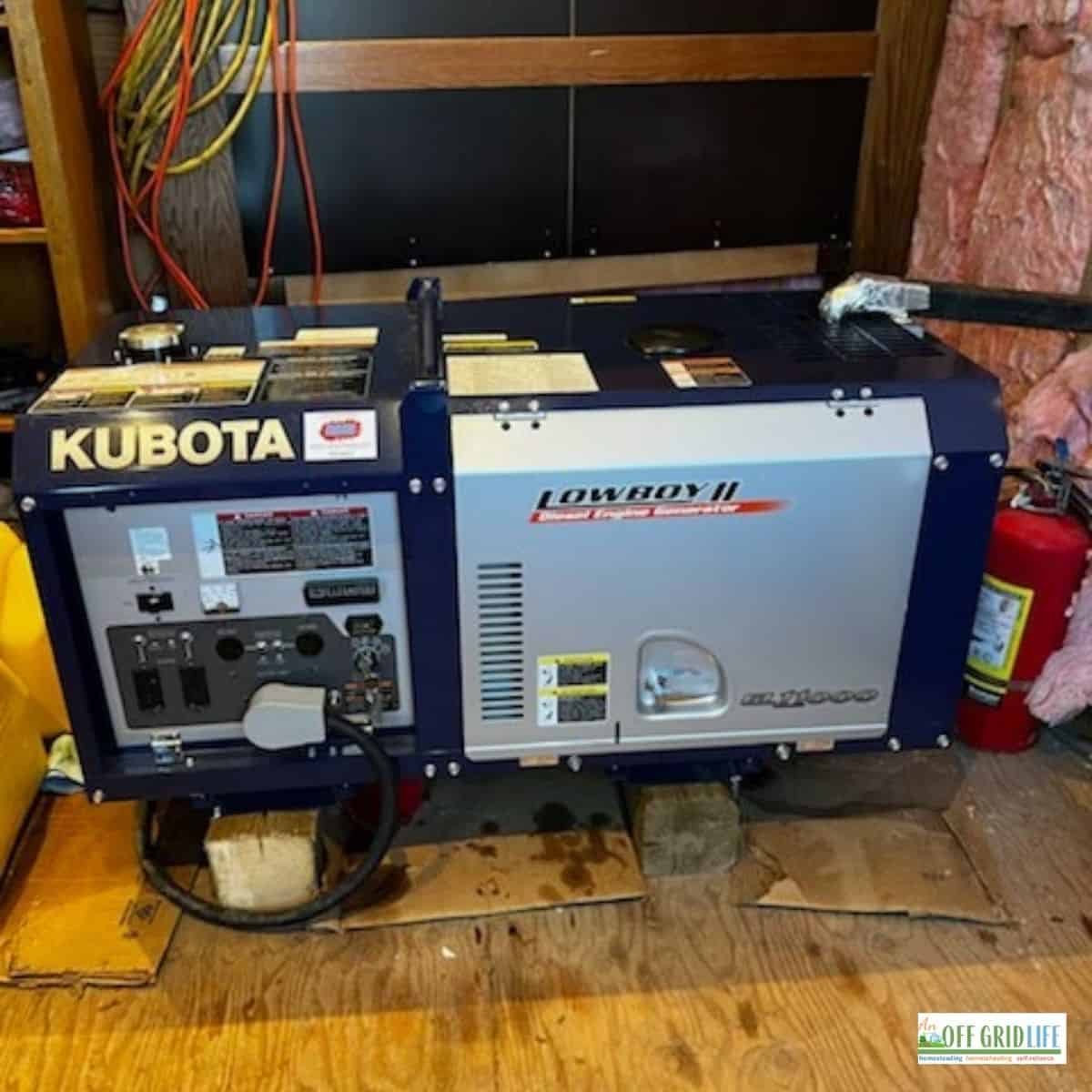
| Problem | Solution |
|---|---|
| Generator won’t start | Check fuel level, check spark plug, check fuel filter and check air filter. |
| Engine won’t turn over | Check battery, check starter and check starter solenoid. |
| Engine turns over but won’t start | Check fuel flow, check spark plug, check carburetor and check compression. |
| Engine stalls | Check fuel level, check air filter, check spark plug and check carburetor. |
Maintenance Tips
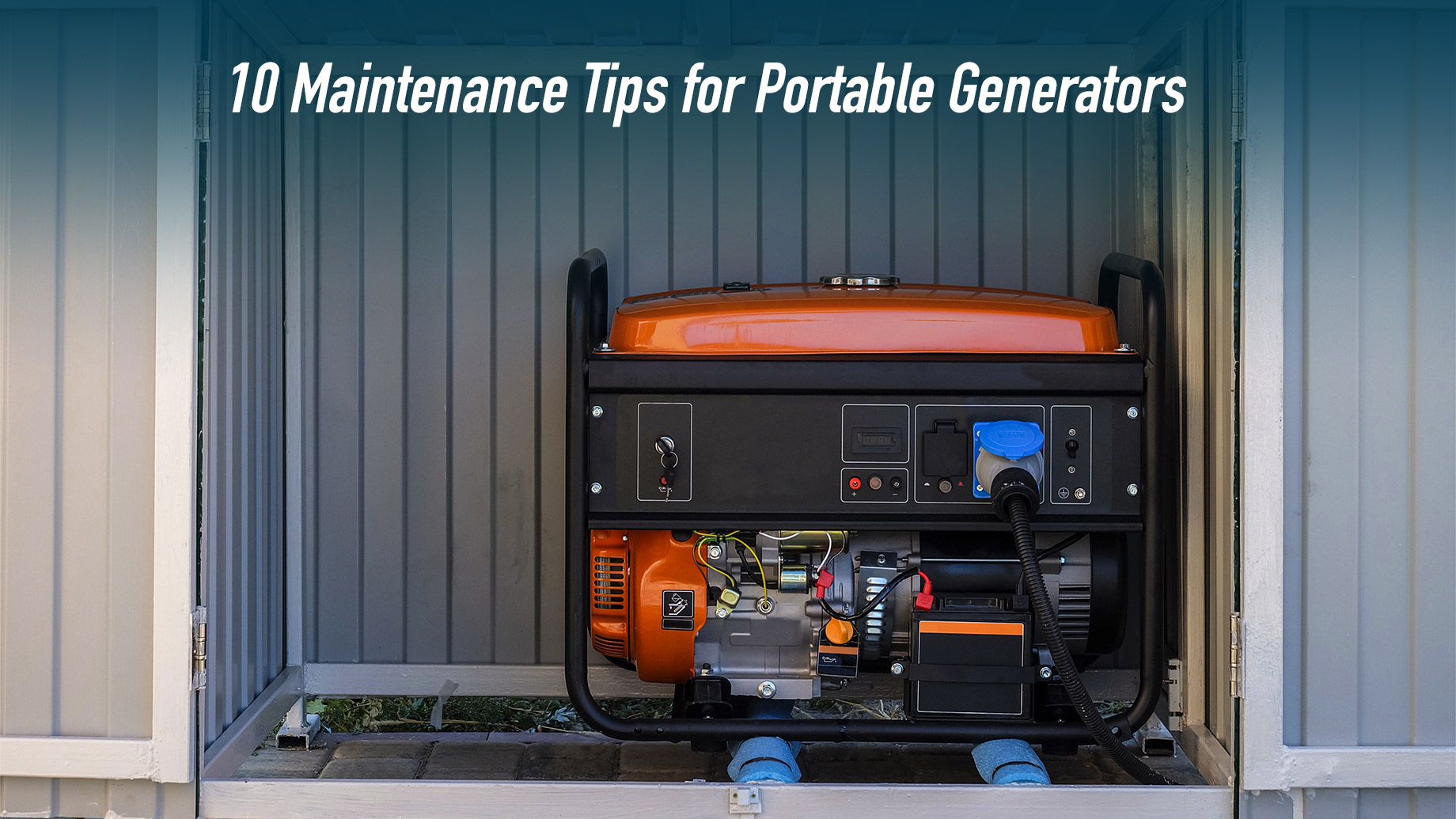
- Ensure the fuel is fresh and clean.
- Check the oil level and top up if necessary.
- Ensure the air filter is clean and free from debris.
- Check coolant levels and top up if necessary.
- Check all electrical connections and tighten if necessary.
- Check the spark plug and replace if necessary.
- Check the battery and charge if necessary.
- Check the fuel lines and tighten if necessary.
- Examine the exhaust system and repair if necessary.
- Check all safety switches and reset if necessary.
Advantages of Starting a Generator Without a Pull Cord
Starting a generator without a pull cord eliminates the need for physical exertion and makes it possible to start a generator with a simple push of a button. This makes it a significantly easier task for anyone and can be especially useful for those with physical limitations. Additionally, it eliminates the need for replacing a pull cord, which can be expensive and time-consuming. It also reduces the risk of injury associated with pull-starting a generator, as the user does not need to be in close proximity to the engine when starting. Finally, the convenience of push-button starting means that the generator can be started quickly in the event of an emergency.
Disadvantages of Starting a Generator Without a Pull Cord
| Disadvantage | Explanation |
|---|---|
| Injury Risk | Starting a generator without a pull cord can increase the risk of injury as the user may not be aware of the generator’s power and the potential risks. |
| Damage | When starting a generator without a pull cord, it can lead to damage of the generator itself or other equipment. This is because the generator may not have been properly set up or the user may not have followed the instructions correctly. |
| Electric Shock Risk | Starting a generator without a pull cord can increase the risk of electric shock. The generator may not be properly grounded or the user may not be aware of the potential shock hazard. |
| Fire Risk | When starting a generator without a pull cord, the user may not be aware of the potential fire hazard. This can increase the risk of a fire as the generator may not have been properly set up or the user may not have followed the instructions correctly. |
Frequently Asked Questions
What are the steps to starting a generator without pulling a cord?
1. Check the fuel level in the tank and top off if necessary.
2. Check the oil level and add oil if needed.
3. Turn on the fuel valve and wait for a few minutes for the fuel to reach the carburetor.
4. Rotate the choke lever to the closed or half-open position.
5. Turn the key to the “on” position and press the primer button until the engine starts.
6. Rotate the choke lever to the open position.
7. Allow the generator to run until it is warm and the engine is running smoothly.
8. Turn off the generator and disconnect the load.
How do I safely start a generator without a pull cord?
Generators with a dead pull cord can still be safely started with an alternate method. Begin by checking the oil level and adding oil if necessary. Then, make sure the fuel tank is full and all switches are in the off position. Next, open the fuel line to the carburetor and turn the choke to the closed position. Once the engine is primed, turn the fuel valve to the open position and pull the recoil starter rope to start the engine. Once the engine is running, turn the choke to the open position. Finally, turn on the necessary switches and the generator will be ready to use.
What are the potential risks of starting a generator without a pull cord?
Starting a generator without a pull cord can lead to serious safety risks. Without the pull cord, the operator may be exposed to the rotating parts of the generator, which could cause serious injury. Additionally, the generator could start unexpectedly, leading to electrocution or a fire hazard. There is also a risk of fuel leakage, which could cause a fire or explosion. Lastly, starting a generator without a pull cord could also result in a malfunction of the generator, leading to costly repairs.
What type of generator can be started without a pull cord?
Electric start generators are designed to start without the need of a pull cord. These generators have a starter motor, battery and solenoid switch, allowing the generator to be started with just the push of a button. Electric start generators are typically found on larger generators, such as those used for backup power in an industrial setting. Smaller generators, such as those used for camping or for household use, are typically manual start models and require a pull cord to start.
Are there any additional safety precautions to consider when starting a generator without a pull cord?
When starting a generator without a pull cord, it is important to ensure that all safety procedures are in place and followed. This includes wearing protective clothing and safety gear such as protective eyewear, gloves, and a face shield. It is also important to read and understand the manufacturer’s instructions for the generator before attempting to start it. Additionally, it is important to make sure the generator is securely mounted and away from any combustible materials. Finally, it is important to ensure the generator is off before attempting to start it.
Conclusion
Starting a generator without a pull cord is an easy process that requires the right tools and knowledge. With a few simple steps, you can start your generator quickly and efficiently. Be sure to follow all safety precautions and use the right tools and techniques to ensure a successful start.


